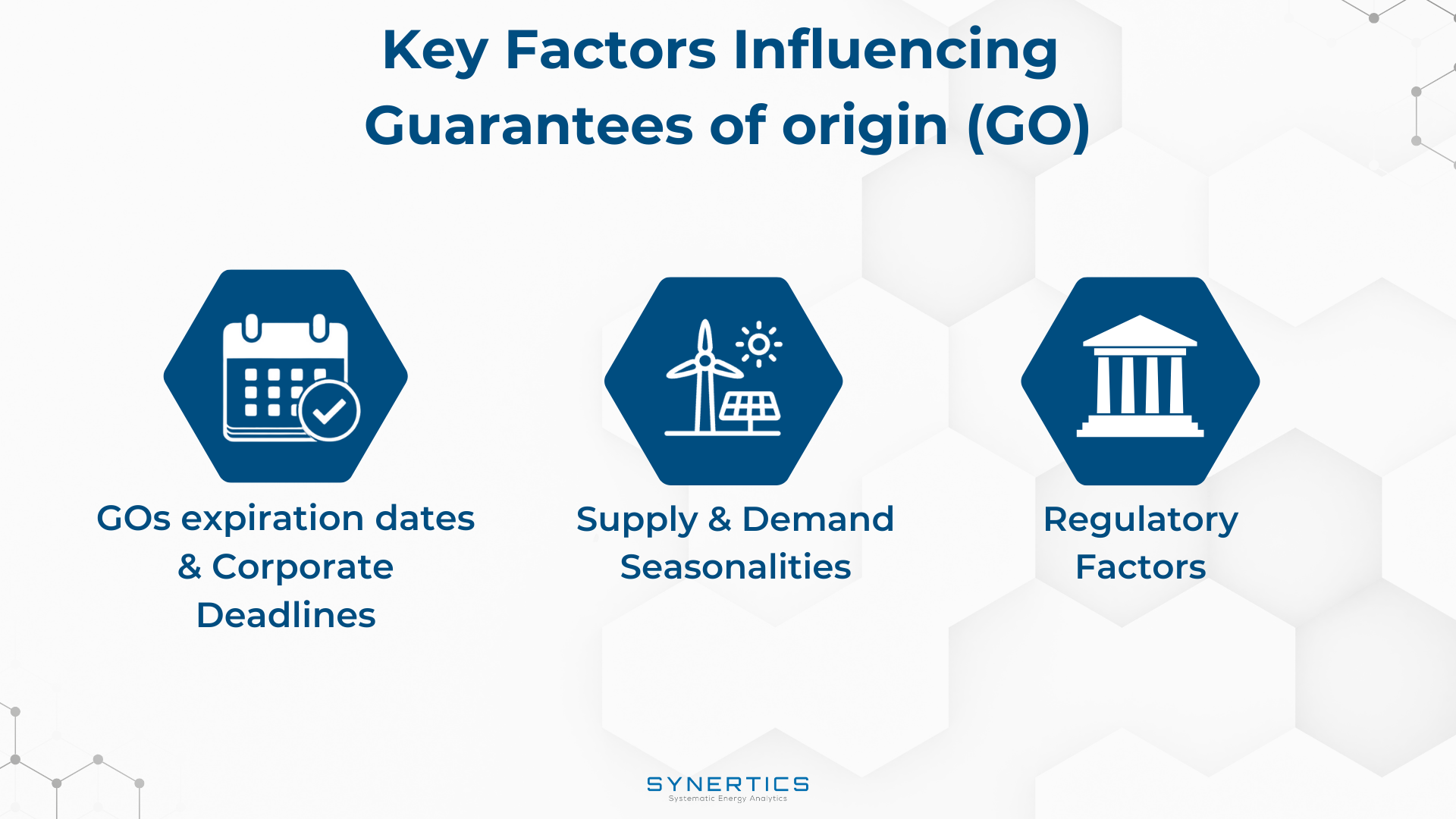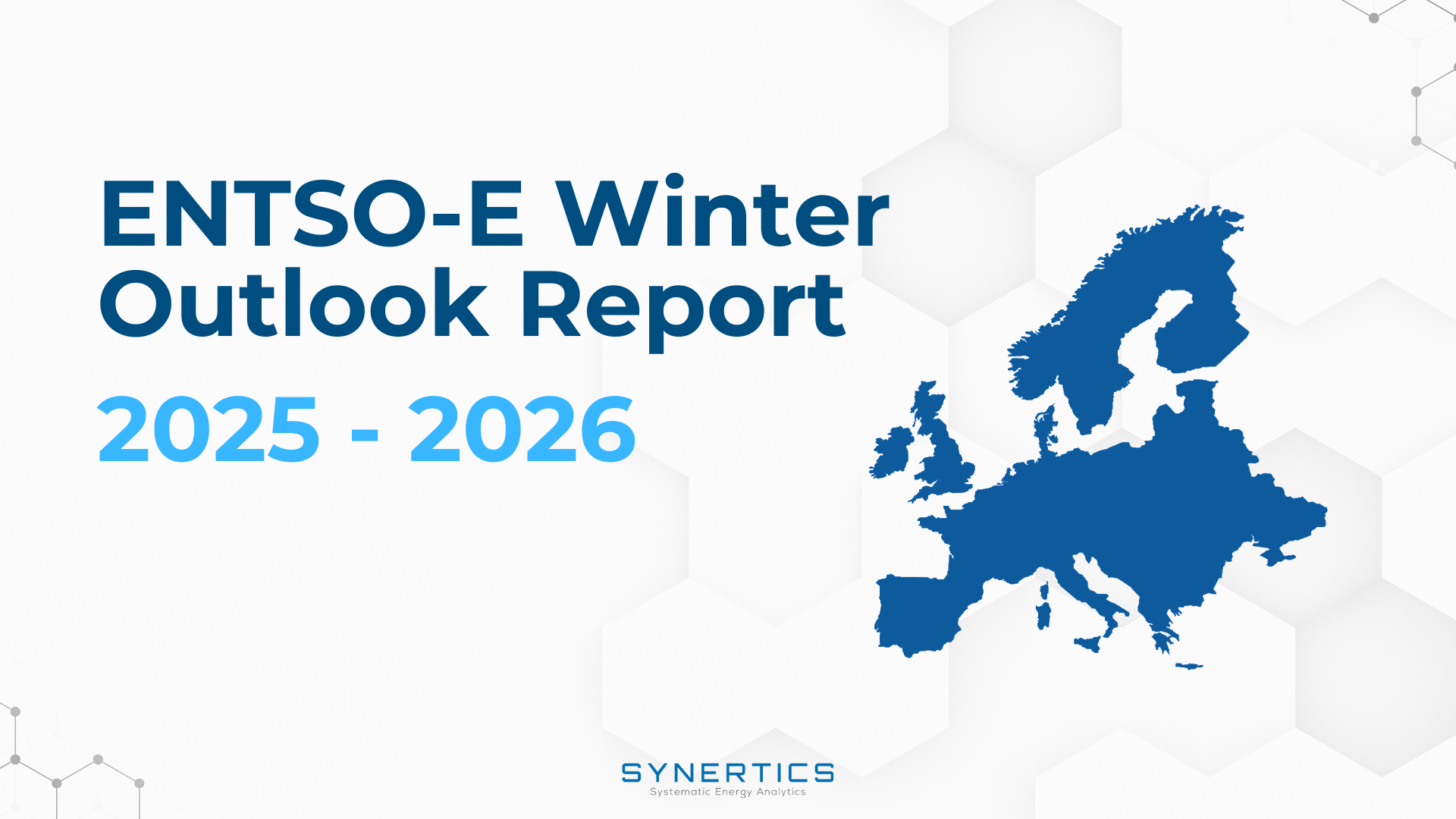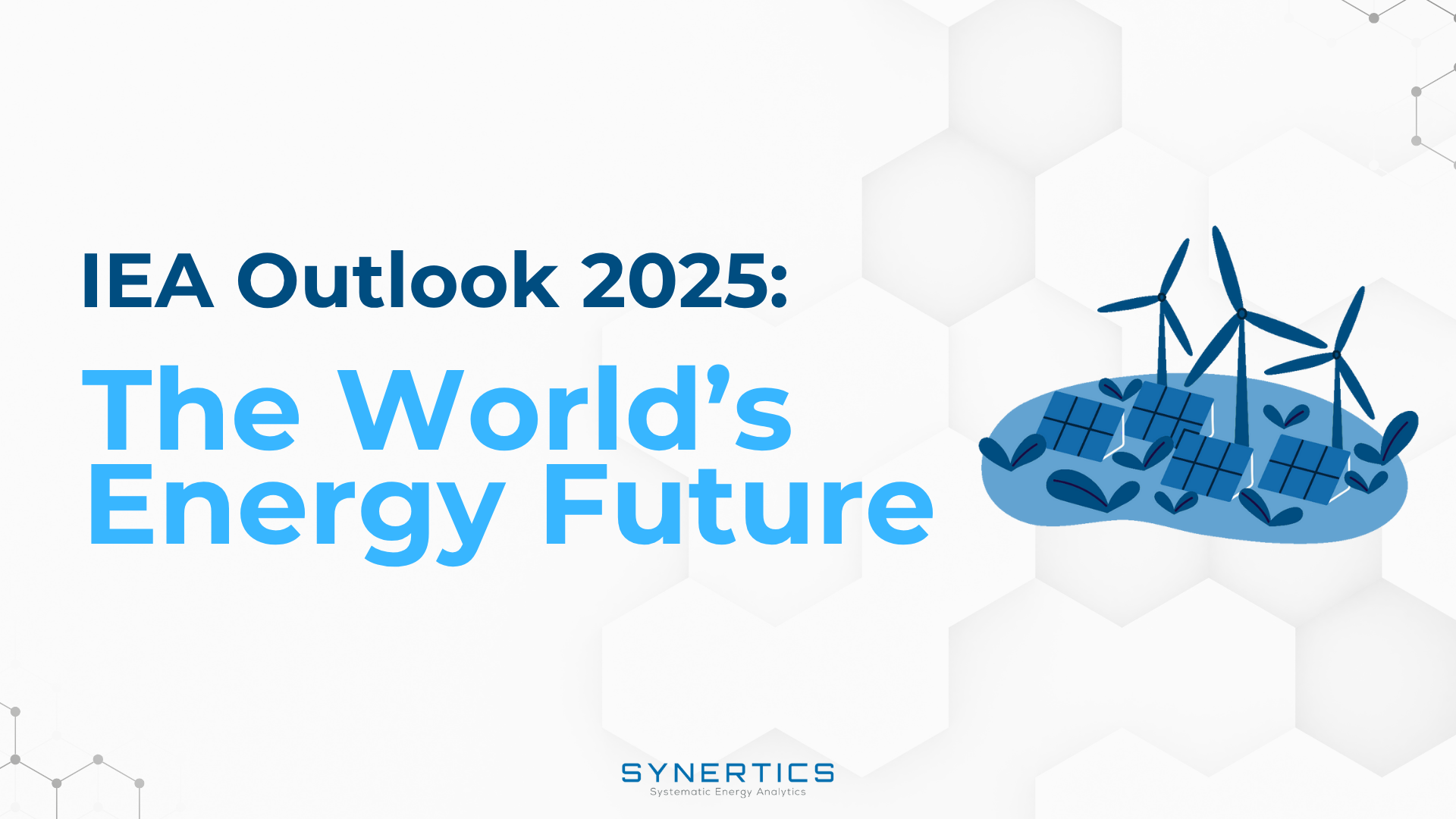Join us on our journey towards renewable energy excellence, where knowledge meets innovation.
Looking into a new format shaping up opportunities in the PPA world.

As an arrangement in which multiple offtakers (buyers) come together to collectively purchase the power generated by a renewable energy project, this format is becoming popular for large-scale projects that generate an extensive amount of power unlikely to be consumed by a single offtaker.
Traditionally associated with heavy industrial players or large multinational tech companies, multi-buyer PPAs are becoming an important tool to facilitate renewable energy procurement for a broader range of organisations, especially those with lower energy consumption and in sectors where PPAs are yet on the rise, such as FMCG and Pharmaceuticals.
Counterparty risk diversification
By spreading the offtaker base, the project reduces its dependence on a single buyer's bankability, mitigating the impact of financial uncertainties and enhancing overall project resilience.
Commercial attractiveness
The collective purchasing power of multiple buyers often leads to larger and more attractive commercial deals, enhancing the project's financial viability.
Diverse PPA strike price periods
Beyond counterparty risks, multi-buyer PPAs provide a unique avenue for sellers to hedge their electricity price exposure during different price point periods thus creating more diversified revenue streams and allowing sellers to act more opportunistically according to market movements.
Counterparty risk
Coordinating multiple offtakers can be complex, resource intensive, and expensive. In addition, buyers may not have the necessary competencies to bring the PPA agreements to a close, leading to an increased transaction risk.
Transaction uncertainty
Despite a diversified counterparty risk profile, buyers who enter these types of smaller agreements can often not provide the same type of financial securities as larger buyers can. The individual default risk is therefore increased, which can impact the bankability of a PPA.
Low scalability
Buyers entering muli-buyer PPAs usually cover their consumption hedge targets within one transaction, which can disqualify them for further potential transactions.
Multi-buyer PPAs represent a promising approach for the renewable energy sector, especially when considering diversifying counterpart risk and entering agreements at various PPA price points. This often comes at a trade-off resulting in more complex and risky transactions with often low scalability potentials.
It's worth noting that the specifics of these PPAs can vary based on regional regulations, market conditions, and the nature of the project.
If you are considering participating or structuring a multi-buyer PPA, get in touch with us to start exploring your options.

Insights, Market-trends
15th Dec, 2025

Insights
2nd Dec, 2025

Insights
19th Nov, 2025